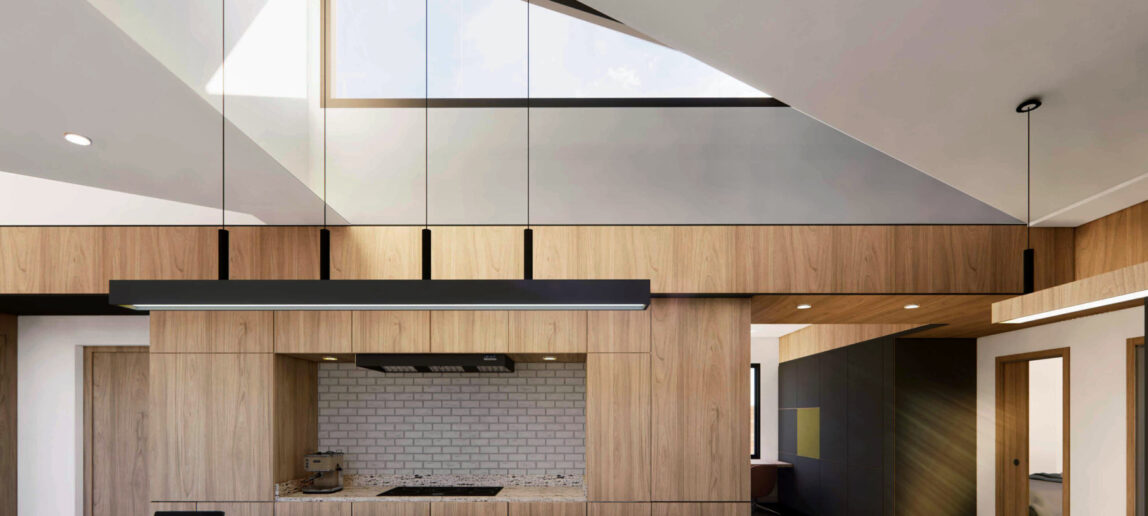Designing a Cost-effective, Net Zero Home
Texas A&M University’s goal is to design/build a safe, attainable, high-performance, carbon-neutral, net-zero, energy-generating workforce house while fostering community development, lifelong learning, health, wellness, and financial stability for “economically vulnerable” classes that break their cycle of poverty and amplifies the quality of life, health, and well-being.
The Texas Solar team’s Life Cycle Analysis (LCA) of the most recently constructed Habitat for Humanity projects in the area was used as a baseline for comparison to deliver a scalable prototype for the organization that optimizes energy efficiency and resource sustainability.
The highlighted components of the Solar Texas design include:
- To break the cycle of poverty for the target audience
- To reduce the region’s dependence on nonrenewable natural resources
- To leverage knowledge from the region’s vernacular architecture by aligning passive strategies with integrative and active design solutions
- To balance natural and artificial light with adaptive and controllable system design approaches
- To integrate leading-edge research that improves the built environment
- To develop new opportunities for academic and industry partnerships
Solar Texas is making more than a building. We are making architecture that provides shelter and elevates the homeowner’s spirit of place. The building site is in the City of College Station. The design achieves net-zero status first by using passive design strategies to drive down energy loads via site orientation, a combination of overhangs and shading devices designed to minimize solar heat gain and maximize the use of natural daylight. Occupant experience is an essential tenet for the Solar Texas house.
Solar Texas is making more than a building. We are making architecture that provides shelter and elevates the homeowner’s spirit of place.
Gregory Luhan, Ph.D., FAIA
The house serves as a private retreat filled with natural lighting. All surfaces and areas have equal illumination through the south-facing windows and north-facing roof eyelets. Architecturally, spaces flow between living, dining, and kitchen areas, with a centralized water and utility core.
The house has three bedrooms and two bathrooms, with one of the bathrooms serving as a centrally located FEMA compliant room. The building faces southward to optimize natural lighting in the public space.
The building has been pushed to the site’s north end to maximize site utilization. Solar Texas’s integrated design approach delivers long-term and resilient urban responses.
By designing with the end in mind, we specified innovations that would allow for a net-zero energy building that accommodates a long-term affordable home for a single-family. Despite the anticipated higher upfront cost, these innovative strategies will save the family money over the long term.
Solar Texas will monitor quality control on the site to ensure that the house is “built tight and ventilated right.”


